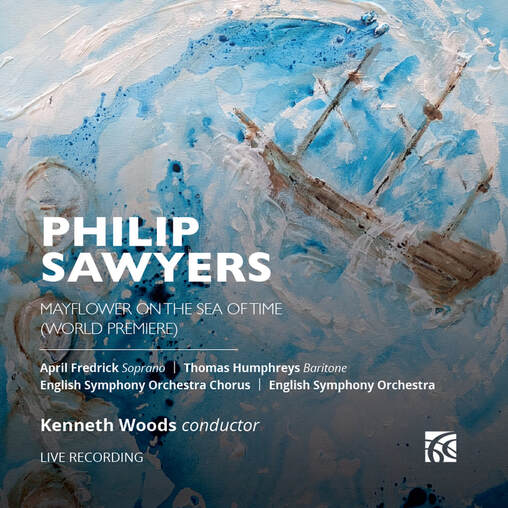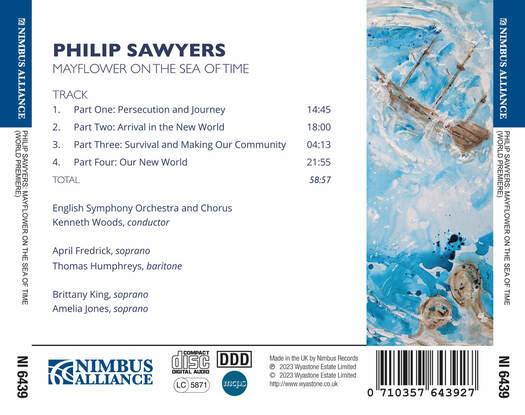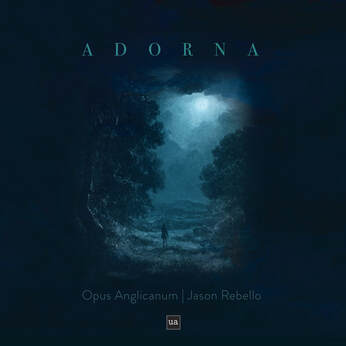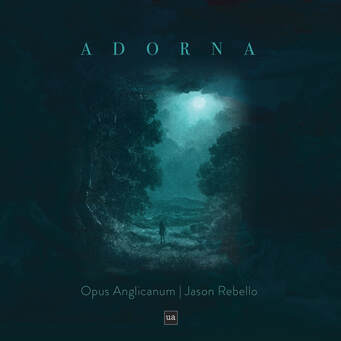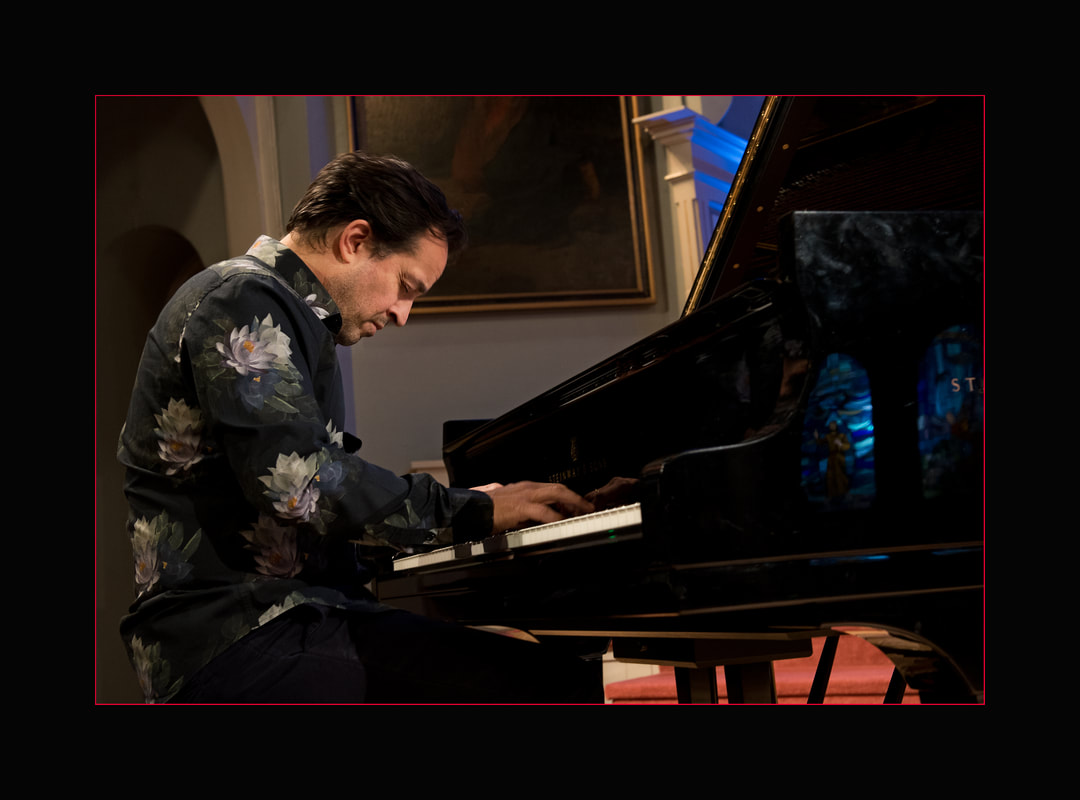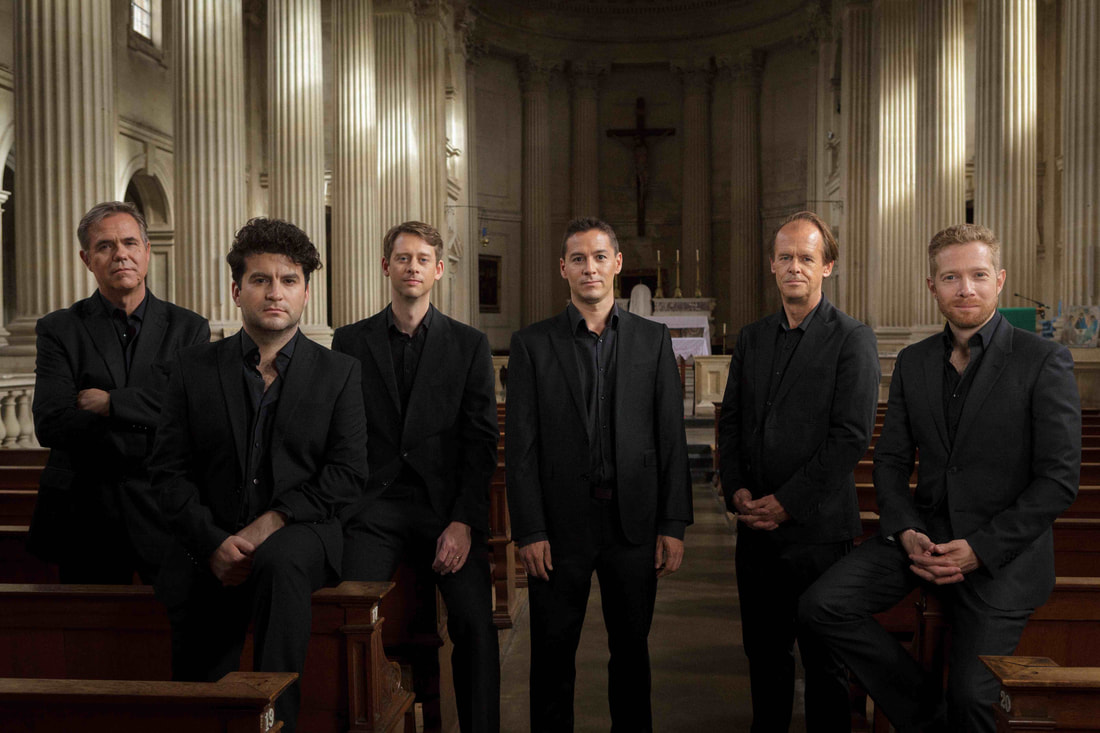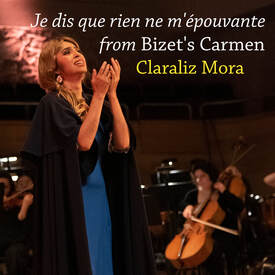Recorded during the first performances, as part of the Festival d’Aix-en-Provence, at the Théâtre du Jeu de Paume, Aix-en-Provence, France, on 5 July 2023.
|
Sir George Benjamin's opera Picture a Day Like This, with libretto by Martin Crimp, wll be released by Nimbus Records on 6 September 2024 (NI.8116).
An ordinary day. A terrible event. The death of her infant child sets in motion one woman’s search for a life-restoring miracle. All she needs to do – in the course of a single day – is find one genuinely happy human being. But when every encounter ends in disappointment, she turns finally to the mysterious owner of a magnificent garden…
Recorded during the first performances, as part of the Festival d’Aix-en-Provence, at the Théâtre du Jeu de Paume, Aix-en-Provence, France, on 5 July 2023.
Electronic press kit available for reviewers and radio producers from Ulysses Arts.
0 Comments
Nimbus Alliance releases the world première recording of Philip Sawyers, Mayflower on the Sea of Time, on Friday 3 November, with soloists April Fredrick and Thomas Humphreys, the English Symphony Orchestra and Chorus, conducted by Kenneth Woods.
Philip Sawyers, Mayflower on The Sea of Time World Première (NI6439) April Fredrick, soprano Thomas Humphreys, baritone English Symphony Orchestra Chorus English Symphony Orchestra Kenneth Woods, Conductor
'The 400th anniversary of the Mayflower's sailing to New England was in 2020. My task as a composer was to write a substantial choral and orchestral work to celebrate this event and the challenges the Pilgrims faced in the New World. My librettist wrote an imaginative piece that incorporated both a narrative and a reflection on the wider implications the story contained. Human attributes and frailties, moral, religious and political questions are touched upon. The resulting oratorio, Mayflower on the Sea of Time, is in four parts. The soprano and baritone soloists take on multiple roles as both narrators and different characters from the story.' Philip Sawyers
This recording captures the debut performance of the English Symphony Chorus. Assembled for this project, the group brings together some of the finest professional singers from across the UK. Ensemble members appear as part of elite groups such as The Sixteen, performers on the operatic stage, working as lay clerks at cathedrals across the UK, as well as working with leading orchestras and new music ensembles.
'Given the strong narrative of the work's source material, it will be no surprise to listeners to hear music that strives forward purposefully. In his symphonies, Philip takes care to highlight structural moments, punctuating musical sentences and paragraphs with great precision and clarity, whereas Mayflower is a study in constant transition and transformation.' Kenneth Woods
'All praise goes to the four very impressive soloists and the [English Symphony] Orchestra and chorus and not least to [Kenneth] Woods, whose commitment to Sawyers has enabled this music to reach a much wider audience, which it thoroughly deserves.' Gary Higginson, British Music Society, 25 October 2023
Electronic press kit for reviewers available from Ulysses Arts.
Jazz pianist Jason Rebello and English vocal ensemble Opus Anglicanum join forces on their album Adorna, released on 28 January 2022 (UA210140) on Apple Music, Spotify, HDtracks, Deezer, Amazon Music, Qobuz, TIDAL, YouTube and all main digital services, and on CD. The track bearing the album's title name was pre-released as a single on 31 December 2021.
Jason Rebello and Opus Anglicanum started their professional career recording and performing in the late 1980s. Opus Anglicanum's world – which embraces a cappella Renaissance polyphony and Gregorian chant, folksong, music hall, contemporary classical vocal commissions and readings from literature and poetry, in fact almost everything but jazz - remained totally different from Jason's. Their home has remained great cathedrals, abbeys, stately homes, or tiny mediaeval parish churches. Then their director Roland Robertson booked Jason to compose major instrumental and choral work, and so came to understand the spiritual richness and artistic breadth of Jason's musicianship.
It was obviously immediately that Jason and Opus Anglicanum shared a common goal: to explore together a mysterious, austere and magical zone, following the ancient paths of ritual and procession, in modes ancient and modern, the piano illuminating and complementing the voices, and exploiting the space. Together, with barless scores of square mediaeval notes, and tracts of Latin, they began to experiment. This developed into a concert programme built on chants for the winter feast of Candlemas, first performed in Wells Cathedral. Standing around the nave, empty but for Jason at the Steinway, with five singers in fading January light, the content and setting 'clicked' perfectly. The result is 'Adorna', now enhanced by two original new compositions by Jason, and recorded in live performance.
LIVE PERFORMANCES
WELLS CATHEDRAL: SATURDAY 22 JANUARY 2022 ST MARTIN'S-IN-THE-FIELDS, LONDON: THURSDAY 3 FEBRUARY The St Martin's-in-the-Fields concert is followed by a Crypt Late jazz performance by Jason Rebello and His Trio - Troy Miller, drums and Orlando Le Fleming, bass. THAXTED FESTIVAL, ESSEX: 27 JUNE 2022, 7.30PM LISTEN TO ADORNA
PRESS
London Jazz News - interview London Jazz News - concert review Jazz Journal, April 2022 (Matthew Wright) Jazziz Magazine Classical Music Daily Jazzwise - April 2022 issue ADORNA - Pre-Release Single links:
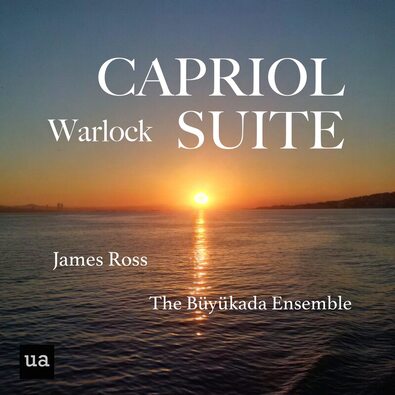 Click above to download on iTunes Click above to download on iTunes
The Büyükada Ensemble releases its first recording, made from its IBB TV live broadcast in September 2020, with Warlock's Capriol Suite, on 18 December. Comprising members of the Turkish National Youth Philharmonic Orchestra and musicians from the UK and Germany, the Ensemble's recording is conducted by James Ross. Download the recording on iTunes at https://music.apple.com/album/warlock-capriol-suite-ep/1542085175 The Büyükada Ensemble's live broadcast was supported by the European Union Delegation to Turkey, Adalar Municipality and Istanbul Metropolitan Municipality.
Further recordings from the live broadcast, including Saygun Allegretto from the Solo 'Cello Partita with Lale Efendiev and Schoenberg, Verklärte Nacht, will be released during 2021.
Recording Engineer: Kıvılcım Konca
Mastering and Post-Production: John Croft - Chiaro Audio UPC 5054526832473 (Warlock) UPC 5056495392750 (Debussy)
Claraliz Mora describes her experience performing Micaela:  'Performing the role of Micaela, debuting it, was a team experience. It was thanks to the effort and hard work of many, many, people, that this wonderful opera Carmen could be made and performed. Especially thanks to Armando Mora, the leader of this project, the University of Xalapa, and conductor Lanfranco Marcelletti, that this beautiful creative project was accomplished. For me, it was just AN HONOUR to be part of this team. As an artist, when you get to do what you love, it's not work - it's a connection to something higher than yourself, and you cannot help but be grateful. This aria is about a young woman who goes to a dangerous place to seek out and "save" the person she loves. Love is what drives her - what drives her past her fears - past her fear even of death. And this is exactly what art teaches us in this moment that we are living: it can be a fearful time, not knowing what to expect, what will happen, BUT you never should lose faith, and never should lose hope. Love is always there. It is a beacon.' Release Details
Orquesta Sinfónica de Xalapa conducted by Lanfranco Marcelletti Jr. Download on iTunes or stream on Apple Music:: https://music.apple.com/album/carmen-act-3-no-22-je-dis-que-rien-ne-m%C3%A9pouvante-live/1525680774 Spotify: http://open.spotify.com/album/6jWFEHYaWCU5Yg03UxBYIp YouTube: https://youtu.be/wbp9qBBs0JU Deezer: https://www.deezer.com/track/1037154782 Qobuz:https://www.qobuz.com/gb-en/album/carmen-act-3-no-22-je-dis-que-rien-ne-mepouvante-claraliz-mora/cja4kpzzr0eac Post-production: John Croft / Chiaro Audio (http://chiaro-audio.uk) Cover design: Christian Bubenheim UPC: 5054526850842 / https://www.facebook.com/events/2888369068062467 |
UA Press Centre
New recordings, press releases, media resources, music industry comment and more from Ulysses Arts. Archives
June 2024
Categories
All
|



